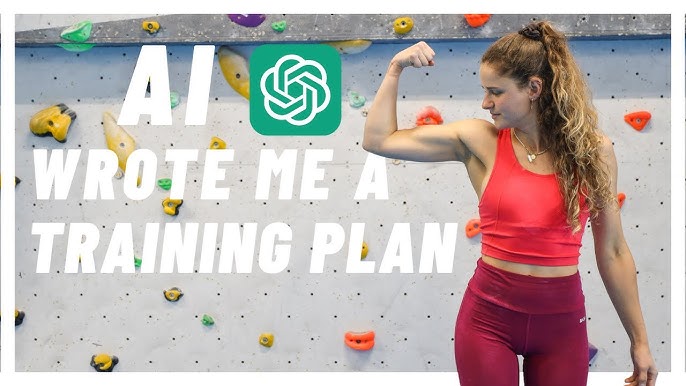
How AI is Revolutionizing Climbing Training
Share
The intersection of artificial intelligence (AI) and sports training has led to significant advancements across various disciplines, and climbing is no exception. While the concept of AI-driven training may sound futuristic, its implementation in climbing training is already making waves. However, beyond the initial excitement, the real impact lies in how AI is reshaping training methodologies, performance analysis, and injury prevention.
Personalized Training Programs
One of the most compelling advantages AI offers climbers is the ability to create personalized training programs. Traditional training plans rely on general principles, but AI-driven solutions analyze an individual’s climbing style, strengths, weaknesses, and goals to create optimized training regimens. Platforms equipped with machine learning algorithms can adjust workouts in real-time based on progress, ensuring climbers continue to improve efficiently.
Data-Driven Performance Analysis
Climbing performance has historically been difficult to quantify due to its complex movement patterns and reliance on multiple physical and mental attributes. AI-powered motion tracking and wearable sensors now provide real-time data on grip strength, movement efficiency, and fatigue levels. This allows climbers and coaches to fine-tune techniques, identify inefficiencies, and make data-backed improvements.
Smart Climbing Walls
Modern climbing walls are incorporating AI to revolutionize training. These walls, equipped with sensors and cameras, track a climber’s movements, suggest optimal routes, and even adapt dynamically to skill levels. Some systems can generate personalized problems tailored to a climber’s current ability, providing an ever-evolving challenge that promotes growth.
Injury Prevention and Recovery
Overuse injuries are common in climbing due to repetitive stress on fingers, shoulders, and tendons. AI applications in biomechanics can assess movement patterns and predict potential injury risks before they occur. By analyzing climbing sessions and muscle exertion, AI can recommend recovery strategies, suggest modifications to training loads, and even provide early warnings about possible injuries. This proactive approach ensures climbers can maintain longevity in the sport.
Mental Training and Strategy Optimization
Climbing is as much a mental game as it is a physical one. AI-powered cognitive training tools help climbers improve focus, decision-making, and problem-solving under pressure. Virtual reality (VR) combined with AI can simulate challenging routes, allowing climbers to practice visualization techniques and mental rehearsal before attempting real-world climbs.
Challenges and Limitations
Despite its potential, AI in climbing training is not without limitations. The technology requires extensive data collection, which can be costly and time-consuming. Additionally, AI-driven insights still rely on human interpretation—coaches and climbers must learn how to effectively integrate AI recommendations into their routines. Lastly, while AI can enhance training, it cannot replace the experience and intuition that come with years of hands-on practice.
Conclusion
AI is undoubtedly transforming climbing training, making it more data-driven, personalized, and efficient. While it is not a magic solution that guarantees elite performance, it provides valuable insights that can help climbers train smarter and reduce injury risks. As technology continues to evolve, climbers who embrace AI-driven tools will gain a competitive edge, pushing the boundaries of what is possible in the sport.
